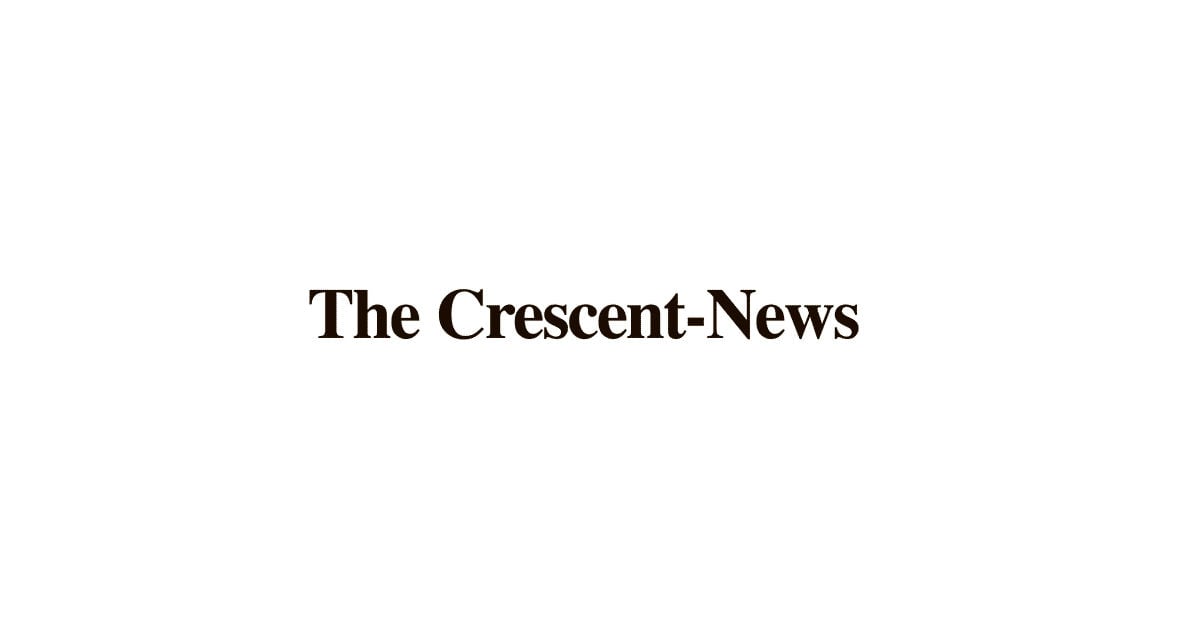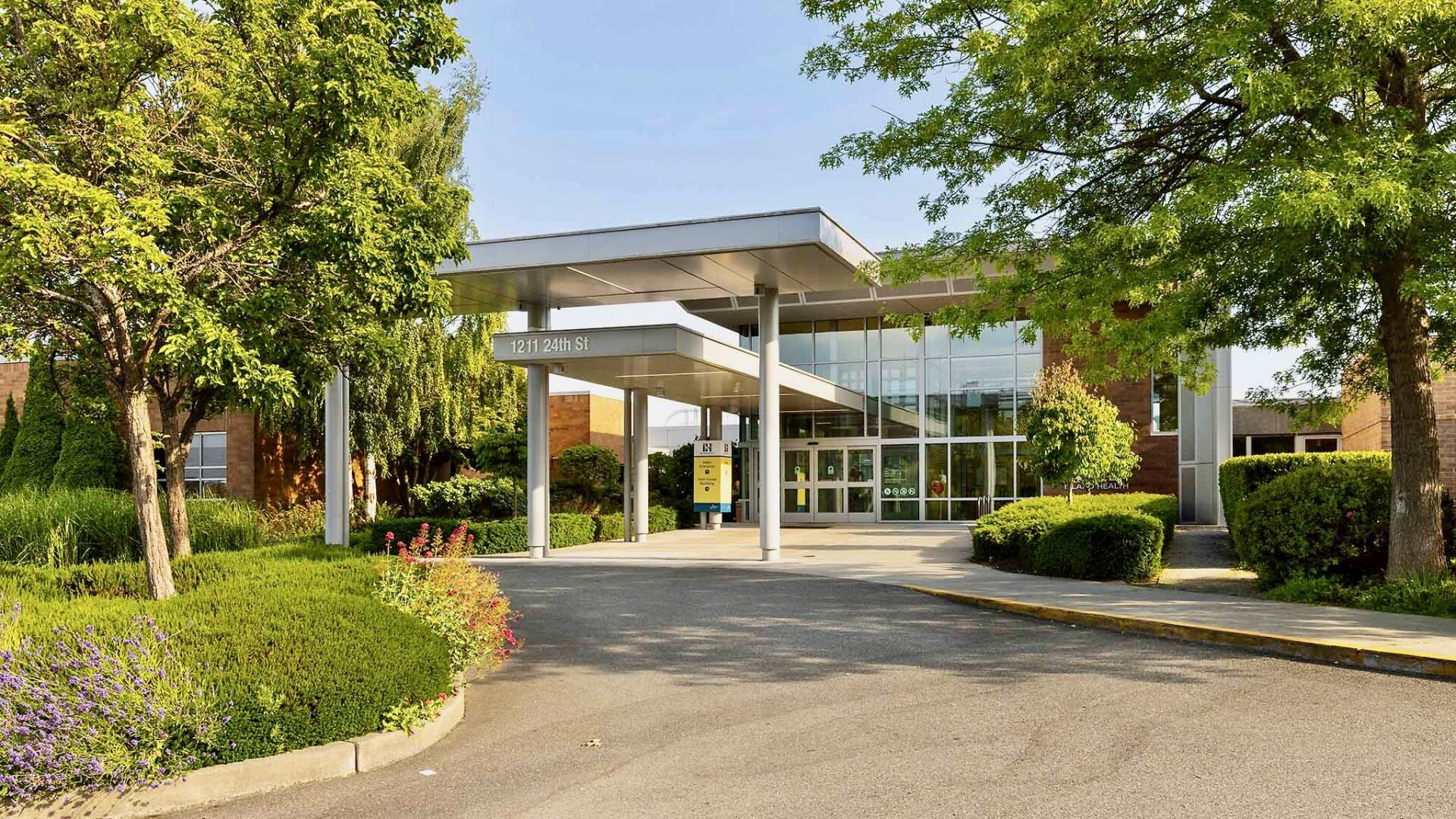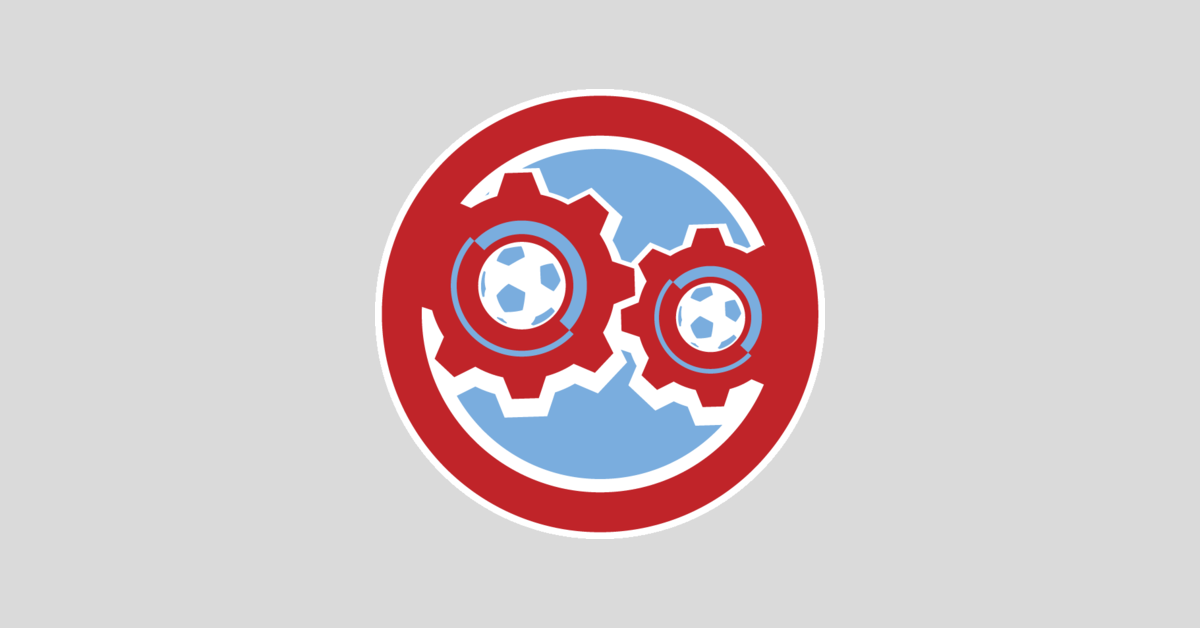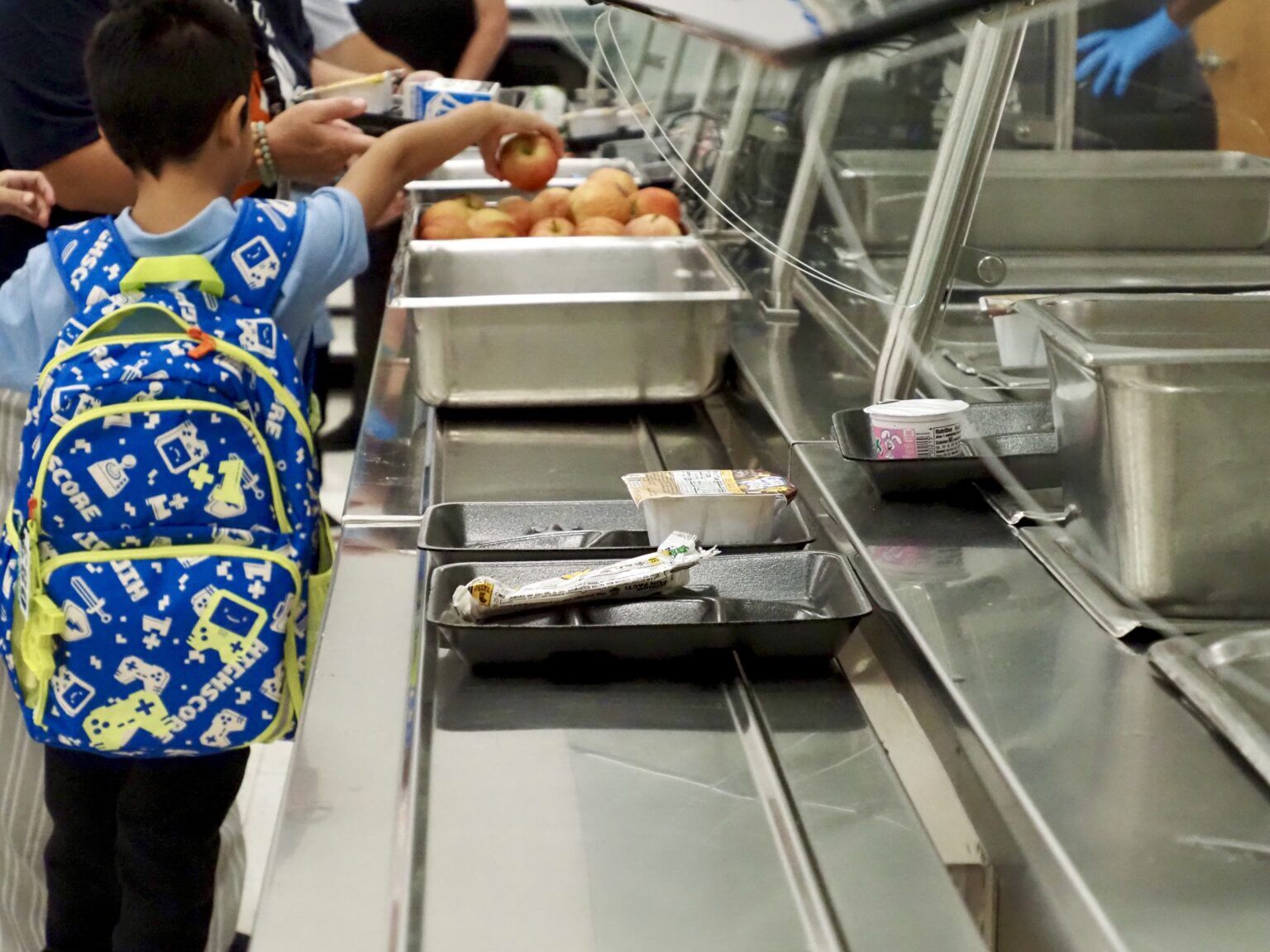The U.S. Department of Education will restart collections on defaulted federal student loans starting May 5, affecting nearly 1.8 million borrowers. Secretary Linda McMahon urges borrowers to take immediate action to avoid wage garnishments and credit score impacts.
What student loan borrowers need to know about ‘involuntary collections’

Key Takeaways:
- Loan Collections Resume on May 5
- 1.8 Million Borrowers Affected
- Consequences of Inaction Include Wage Garnishment
- Resources Available for Managing Loans
- Experts Advise Immediate Proactive Measures
Student Loan Collections Resume May 5
The U.S. Department of Education is set to resume collections on defaulted federal student loans starting May 5. This decision, announced by Secretary of Education Linda McMahon in a Wall Street Journal op-ed, will impact approximately 1.8 million borrowers who have fallen behind on their payments.
Policy Change and Its Implications
“On May 5, we will begin the process of moving roughly 1.8 million borrowers into repayment plans and restart collections of loans in default,” McMahon wrote. Borrowers who fail to make timely payments may experience lowered credit scores and, in some cases, automatic wage garnishments. “Borrowers who don’t make payments on time will see their credit scores go down, and in some cases their wages automatically garnished,” McMahon emphasized.
Actions for Borrowers
Federal student loan borrowers in default will receive an email over the next two weeks informing them of the new policy, the Education Department stated. These borrowers are advised to contact the government’s Default Resolution Group to arrange monthly payments, enroll in an income-driven repayment plan, or sign up for loan rehabilitation.
To assist borrowers, the department is extending Federal Student Aid call-center operations to include weekend hours and has updated a “loan simulator” to help calculate repayment plans. An artificial intelligence assistant named Aidan is also available to help develop a financial strategy.
“We are committed to ensuring that borrowers are paying back their loans, that they are fully supported in doing so, and that colleges can’t create such a massive liability for students and their families, jeopardizing their ability to achieve the American dream,” McMahon wrote.
Expert Advice: Be Proactive
Financial aid consultant Kalman Chany, author of The Princeton Review’s Paying for College , advises borrowers to take immediate action. “Be proactive,” he said. “Best to take care of this as soon as possible, as the loan servicers’ and the U.S. Department of Education’s customer support will get busier the closer it gets to May 5.”
Background and Context
The Education Department has not collected on defaulted student loans since March 2020. Following the expiration of the COVID-19 pandemic-era pause on federal student loan payments in September 2023, the Biden administration offered borrowers an additional year during which they were shielded from the impacts of missed payments. That relief period officially ended on September 30, 2024.
“President Biden never had the authority to forgive student loans across the board, as the Supreme Court held in 2023,” McMahon wrote. “But for political gain, he dangled the carrot of loan forgiveness in front of young voters, among other things by keeping in place a temporary COVID-era deferment program.”
McMahon stated that restarting collections was not intended “to be unkind to student borrowers,” but rather to protect taxpayers. “Debt doesn’t go away; it gets transferred to others,” she said. “If borrowers don’t pay their debts to the government, taxpayers do.”
Differing Perspectives
Maya MacGuineas, president of the Committee for a Responsible Federal Budget, supports the resumption of collections. “It really is time to start repaying again,” she said. “While a short repayment pause was justifiable early in the pandemic, that was five years ago — and it makes no sense today.”
However, advocacy groups express concern over the impact on vulnerable borrowers. Mike Pierce, executive director at the Student Borrower Protection Center, criticized the decision. “Since February, Donald Trump and Linda McMahon have blocked these borrowers’ path out of default and are now feeding them into the maw of the government debt collection machine,” he said.
Moving Forward
Currently, around 42 million Americans hold federal student loans, with roughly 5.3 million borrowers in default. As the resumption date approaches, borrowers are encouraged to take advantage of available resources to manage their education loans and avoid potential financial repercussions.
Conclusion
The end of the relief period marks a significant shift for millions of borrowers. Taking prompt action can help mitigate adverse effects on personal finances. “We are committed to ensuring that borrowers are paying back their loans,” McMahon reiterated, highlighting the government’s stance on addressing the student loan crisis.











